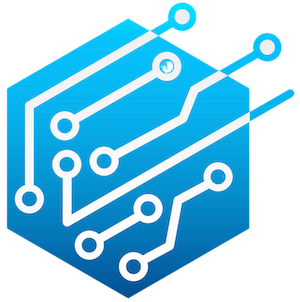The prospect of housing data centers in orbit often sparks skepticism rooted in practicality. Conventional wisdom suggests that space-based infrastructure struggles with significant technical hurdles, notably slower data processing speeds and maintenance difficulties. Unlike terrestrial centers nestled in climate-controlled environments with ready access to power and human expertise, orbiting data hubs would be subjected to
AI
In recent years, technological giants like Meta have positioned themselves at the forefront of artificial intelligence progress, aiming to craft smarter, more human-like models that promise to revolutionize everyday life. Yet, their pursuit of innovation often seems to sideline fundamental ethical considerations, especially concerning intellectual property rights and proprietary content. The lawsuit filed by Strike
In a world where home security often feels like a never-ending race against unpredictable intrusions, new technological advances are reshaping how we protect our personal sanctuaries. One particularly intriguing innovation is the use of advanced computer vision systems embedded in simple devices, like smart cat flaps. These gadgets don’t just keep animals within safe boundaries—they
Jensen Huang’s recent speech in London provides a compelling glimpse into his unwavering confidence in artificial intelligence’s transformative potential. As CEO of Nvidia, Huang exemplifies the visionary leadership necessary to propel AI from niche technology to a universal force. His playful endorsement of Nano Banana—an AI image generator—as “so good” indicates not just personal admiration
In a bold move poised to reshape the United Kingdom’s technological future, Microsoft and Nvidia are committing upwards of $45 billion into the UK economy. This significant infusion of capital is not just about building data centers or funding research; it symbolizes a decisive step toward positioning Britain as a global leader in artificial intelligence
While the public remains largely in the dark about Melania Trump’s upcoming efforts regarding artificial intelligence, it’s clear her involvement signals a deliberate strategic shift. Unlike typical political figures who often use policy speeches to articulate their goals, Melania’s approach appears more subtly orchestrated, leveraging her influence to sway industry leaders and shape the future
In a bold demonstration of technological ambition, the United Arab Emirates has introduced K2 Think, a sophisticated AI model that challenges the dominance of established giants like the US and China. Unlike typical large-scale language models designed primarily for broad language tasks, K2 Think is a specialized reasoning engine. Its development signifies a strategic shift—asserting
In recent years, the aspiration to bridge the gap between human loneliness and technological innovation has become a prominent narrative among creators like Schiffmann. His journey from the initial concept of an AI companion born out of solitary travels to the current state of his project reveals a complex blend of youthful idealism and pragmatic
In recent years, the rapid advancement of large language models (LLMs) like GPT-4 has revolutionized human-AI interaction. These models are often celebrated for their impressive ability to generate human-like text, but a deeper, more unsettling aspect has come into focus: their susceptibility to psychological influence techniques. While we typically associate persuasion with human social dynamics,
In recent years, the gambling industry has undergone a seismic shift, driven heavily by the integration of artificial intelligence. Once relegated to the realm of human intuition and experience, betting platforms are now racing to incorporate AI-driven tools that promise to revolutionize how Americans gamble—raising both excitement and ethical concerns. The post-2018 legalization wave in
